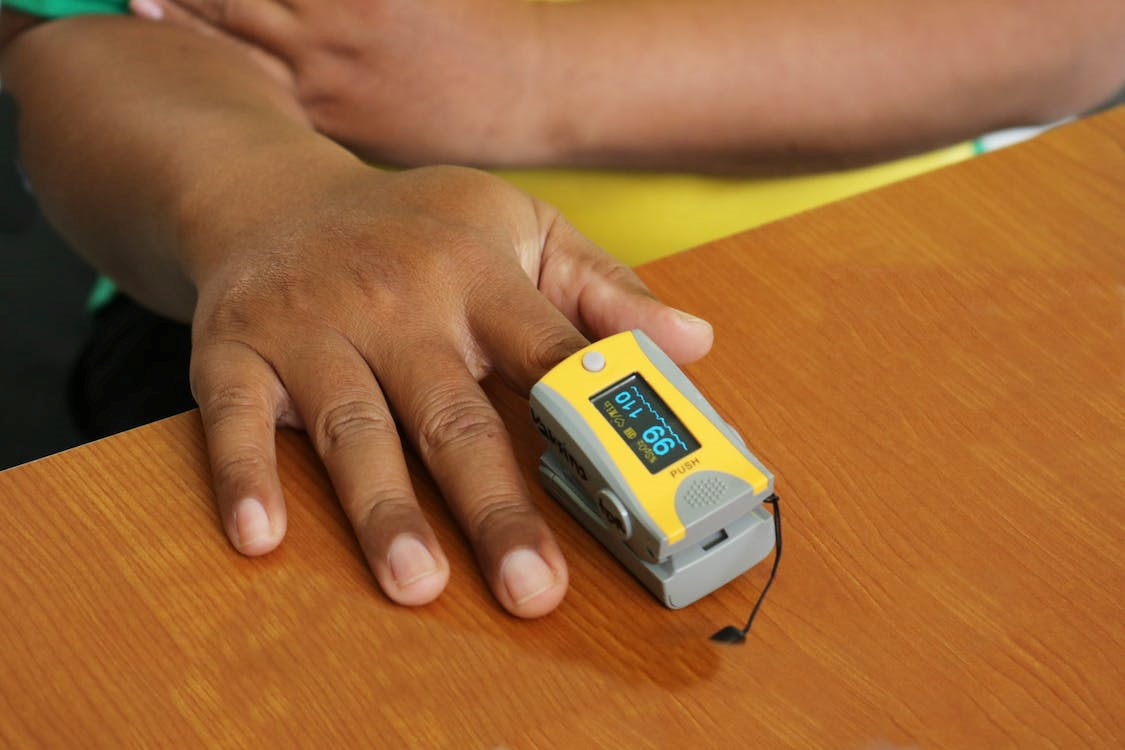
In recent years, healthcare has witnessed a significant shift towards remote patient monitoring (RPM) as technology continues to revolutionize the industry. According to Arizton, the RPM market is globally worth over $13 billion right now. By 2028, this RPM market will reach a value of over $25 billion.
A similar trend is noticed in the RPM systems market. As per Grand View Research, the RPM systems market is currently valued at $5.2 billion. However, as the popularity of RPM grows, this market is expected to reach a value of $16.9 billion by 2030.
RPM allows healthcare professionals to monitor patients remotely, providing real-time data and improving patient care outcomes. Nurses, in particular, benefit immensely from this innovative approach, as it enhances their ability to deliver personalized care while streamlining their workflows. In this article, we will explore a few ways remote patient monitoring makes a nurse's life much easier.
Enhanced Patient Safety and Continuous Monitoring
One of the primary advantages of remote patient monitoring is the ability to keep a constant eye on patients' vital signs and health conditions, even when they are not physically present.
Nurses can access real-time data such as heart rate, blood pressure, oxygen levels, and other critical metrics without needing to be at the patient's bedside. This constant monitoring reduces the risk of medical emergencies going unnoticed, allowing nurses to intervene promptly when needed.
Family nurse practitioners (FNPs) will find RPM systems especially useful just for this particular benefit. With RPM technologies in place, they can continuously monitor their patients who are at home. That’s why many offline and online FNP programs might one day start training nurses on how to make the most of such RPM systems in their workplace.
According to Marymount University, one of the most important functions of an FNP is to create and contribute to care plans for their patients. With RPM systems in place, it becomes much easier for nurses to do so even if their patient is unable to visit them at the healthcare center or hospital.
Time Optimization and Increased Efficiency
Remote patient monitoring saves nurses considerable time and effort by eliminating the need for frequent in-person check-ups. Instead of spending hours traveling between patients' homes or hospital rooms, nurses can conveniently review data and trends remotely.
This time-saving feature enables nurses to attend to a larger number of patients, ultimately improving their efficiency and productivity. By reducing the burden of physical visits, RPM empowers nurses to allocate more time to critical tasks such as patient education, care coordination, and communication with the healthcare team.
Early Detection of Health Issues
With remote patient monitoring, nurses can detect potential health issues at an early stage, allowing for timely interventions and preventing complications. The continuous monitoring of vital signs and symptoms enables nurses to identify subtle changes that may indicate a deteriorating condition.
For instance, if a patient's blood pressure begins to rise or their glucose levels become unstable, the nurse can intervene immediately, either by adjusting medications or coordinating with the physician for further assessment. Early detection not only improves patient outcomes but also reduces the need for hospital readmissions and emergency department visits.
Improved Patient Engagement and Empowerment
Remote patient monitoring promotes active patient engagement in their own care. Patients can monitor their health status in real-time using wearable devices or home monitoring kits and share the data with their nurses. This level of engagement empowers patients to actively participate in their treatment plans and make informed decisions about their health.
By having access to their own health data and understanding how their actions impact their well-being, patients become more accountable and proactive in managing their conditions. Consequently, nurses can focus on education, goal setting, and personalized interventions, fostering a collaborative and patient-centered approach to care.
Seamless Care Coordination and Communication
Remote patient monitoring facilitates seamless care coordination among healthcare professionals involved in a patient's treatment plan. Through digital platforms and secure communication channels, nurses can easily collaborate with physicians, specialists, pharmacists, and other members of the healthcare team.
They can share real-time data, discuss treatment plans, and seek expert opinions, regardless of geographical barriers.
This integrated approach streamlines communication, reduces delays in decision-making, and ensures a coordinated continuum of care. Nurses can access valuable insights and support from colleagues, enabling them to make well-informed decisions and provide optimal care to their patients.
Final Thoughts
Did you know that more than 88 percent of hospitals and health systems are investing in RPM technologies? This data was presented in a Spyglass Consulting Group study which states that such measures are being taken to connect hospitals and patients better.
This goes to show how eager healthcare providers are to give RPM a shot, and in doing so, they’re making the lives of their nurses much easier, as evident from the discussion above.